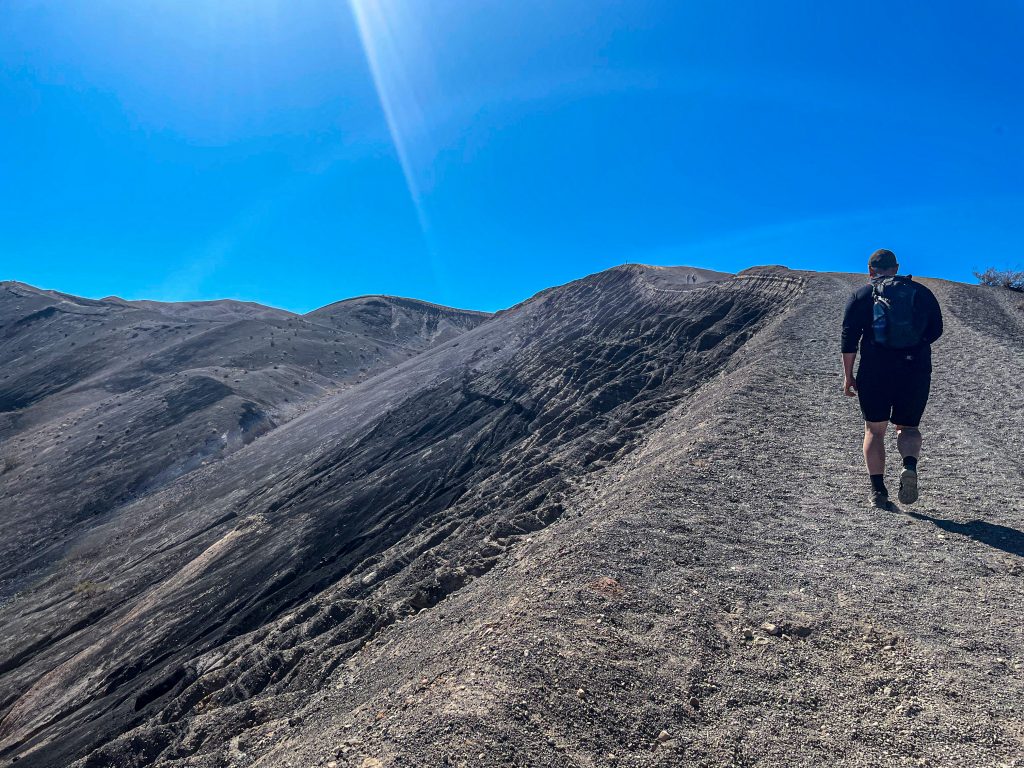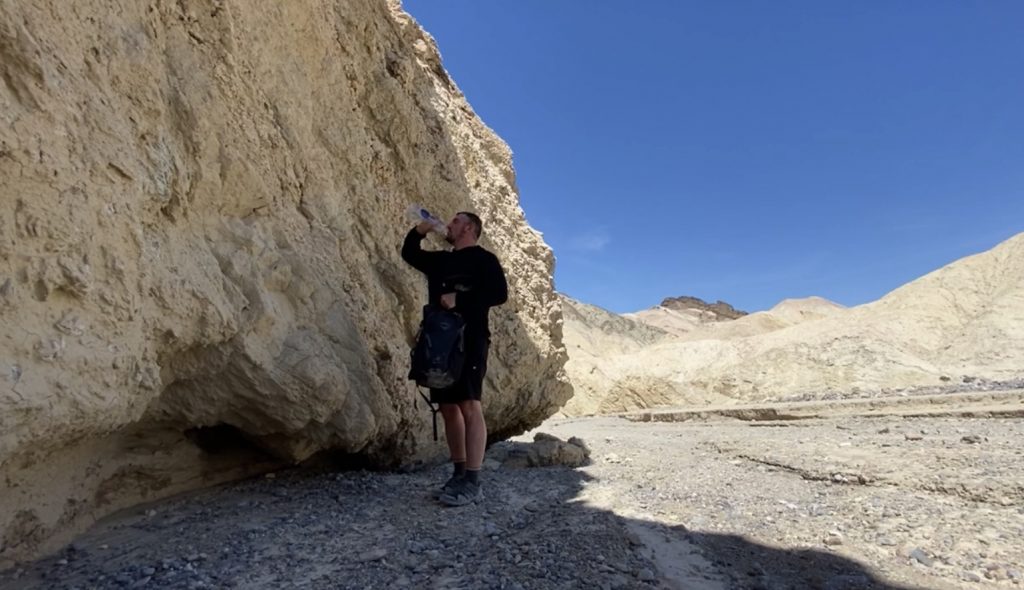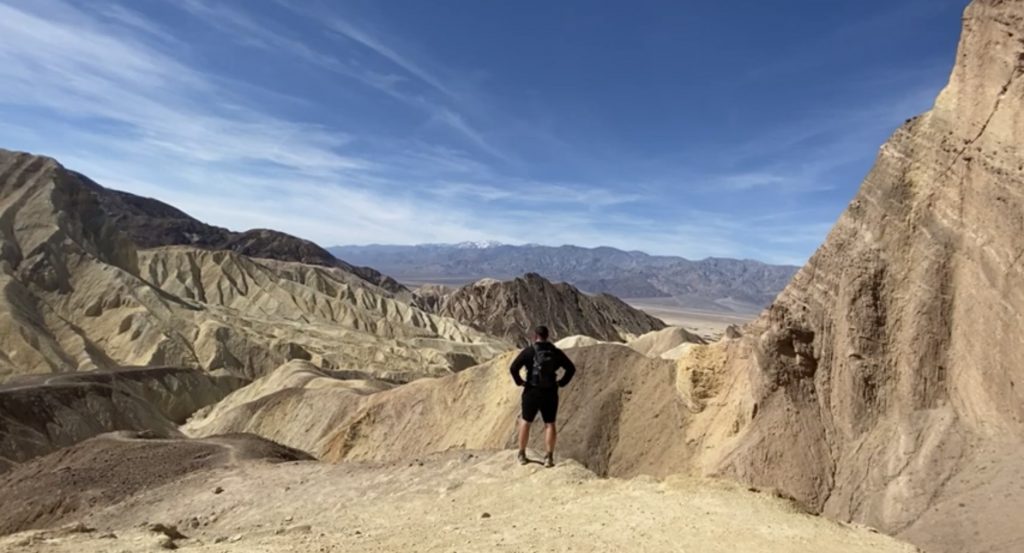Summer can be the perfect time to get out and explore the great outdoors. For some of us its when we have the most time to go explore. You just have to be prepared for the heat, since that’s one thing that can ruin even the most beautiful trail or park in no time flat. To make sure you have fun instead of wilting in the summer heat, read on to learn 8 helpful tips for hiking in the summer heat.
Avoid long hikes during the hottest part of the day

Even if you’re a morning hiker, it might be better to avoid longer hikes during peak heat times The sun is strongest between 11 am and 4 pm—which means more exposure to UV rays that can lead to sunburn, dehydration, and other health problems. If you hike early enough to avoid peak heat (which is safer anyway), your body will have time to cool down before evening; plus it’s easier on your muscles and joints than a long afternoon hike.
Stay hydrated
You’ve got to stay hydrated! Summer hiking means you’re going to be sweating a lot more than usual, so it’s important to drink plenty of water before, during and after your hike. Keep your pack full of bottled water or even a collapsible canteen so you don’t get dehydrated. Once you start feeling thirsty, you need to start drinking.
As sweat cools on your skin, it cools you down. When you become dehydrated, however, your body can no longer produce enough sweat to cool you off and regulate your body temperature. This is when things like heat exhaustion set in—so if you’re hiking in high temperatures, be sure to stay well-hydrated.
Wear lightweight fabrics
Light, airy fabrics like polyester are great choices for clothing because they won’t weigh you down as much as thicker fabrics. They will also wick sweat and help keep you dry. Avoid wearing thick socks and pants such as jeans. Brands such as Patagonia and REI make great and light clothing to keep you cool and dry at all times.
Frequent Breaks

While it’s tempting to set off at a quick pace to log those miles, make sure to stop every hour or so for a break. No matter how long the hike, taking a break, even a short break will help prevent accidents from happening. Try and find a cool shady area to take breaks. Drinking lots of water will keep you hydrated and energized, while sitting on a rock gives your legs and feet an opportunity to stretch out. You might even bring along some snacks such as trail mix!
Eat well to stay fueled on trail

The summer sun is intense, and will sap your energy if you don’t eat well. Pack a healthy snack—you can even leave it on your dashboard so it’s nice and cool when you eat it. Some protein (like beef jerky) or nuts are good options; make sure they don’t contain added sugars or artificial ingredients that aren’t easy to pronounce.
Stretch before, during and after your hike

Let’s get one thing straight: If you aren’t stretching before a hike, you are setting yourself up for injury. The first part of any hike should always be focused on your pre-hike warmup, so you make sure that your muscles have time to loosen up and get ready to move. Start with some dynamic stretches—where you stretch one set of muscles while moving another (for example, moving both arms at once). This will help prevent soreness or injuries after your hike.
Prepare yourself mentally and physically
You don’t have to be a marathon runner to enjoy hiking. Make sure you’re always physically prepared with enough water and energy, along with proper shoes and clothing. Also take mental preparation into account—if it’s your first time hiking, bring a friend or family member along to help ease any anxiety you may feel while exploring a new place.
Pace yourself on ascent, especially early on

The beginning of a hike is when you’re sweating most heavily, and it’s natural to want to go at top speed. But going uphill too quickly is tough on your body—and your mind. As you tire out earlier than you’d like, a brisk pace can turn into a frustrating slog. Once your heart rate rises past 70 percent of maximum, it can take between five and 10 minutes to return to normal levels if you stop moving.
All of these tips can help you stay safe and hike efficiently. Start practicing them now, so you’ll be ready to hit the trails as soon as summer arrives.
